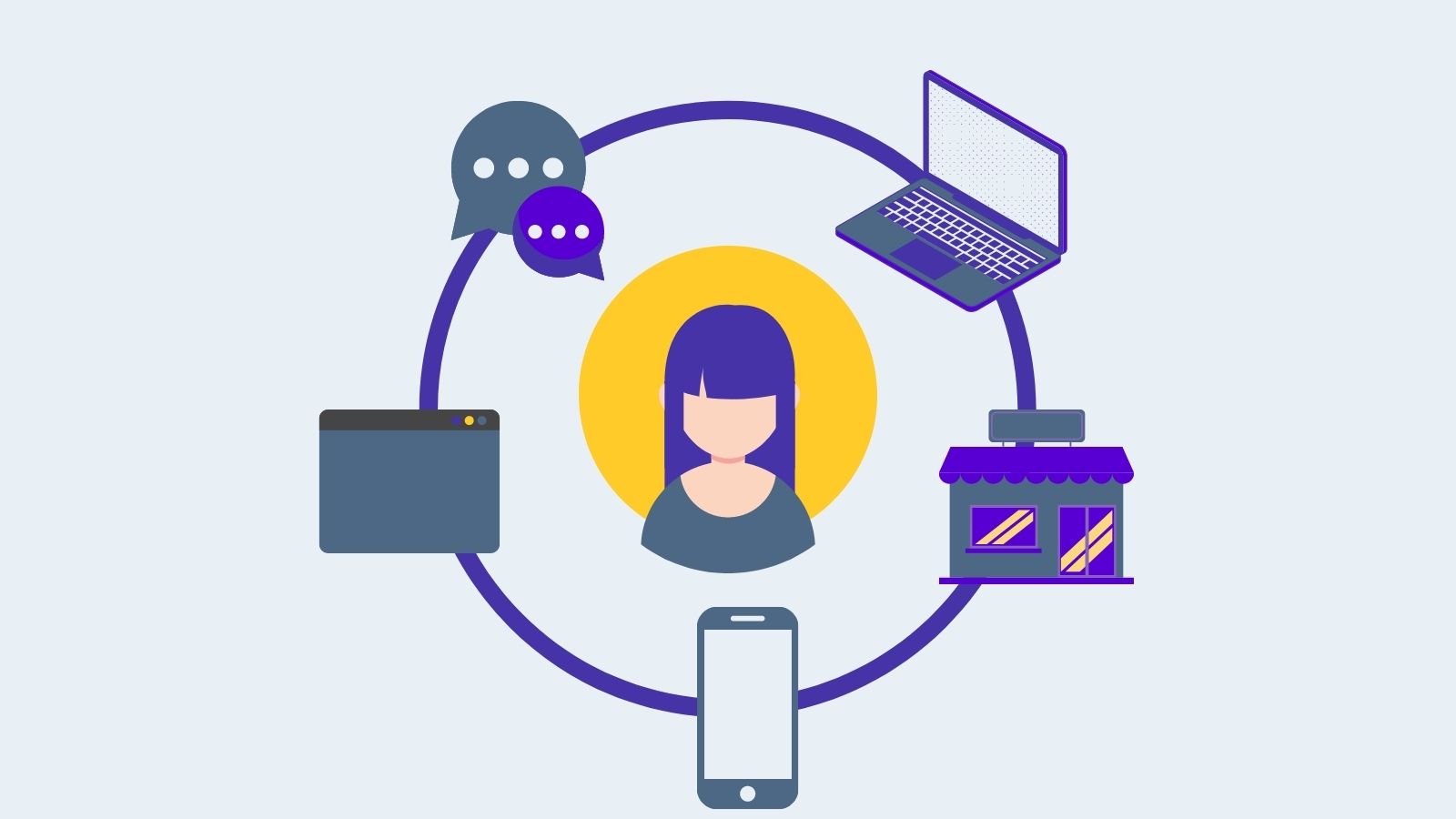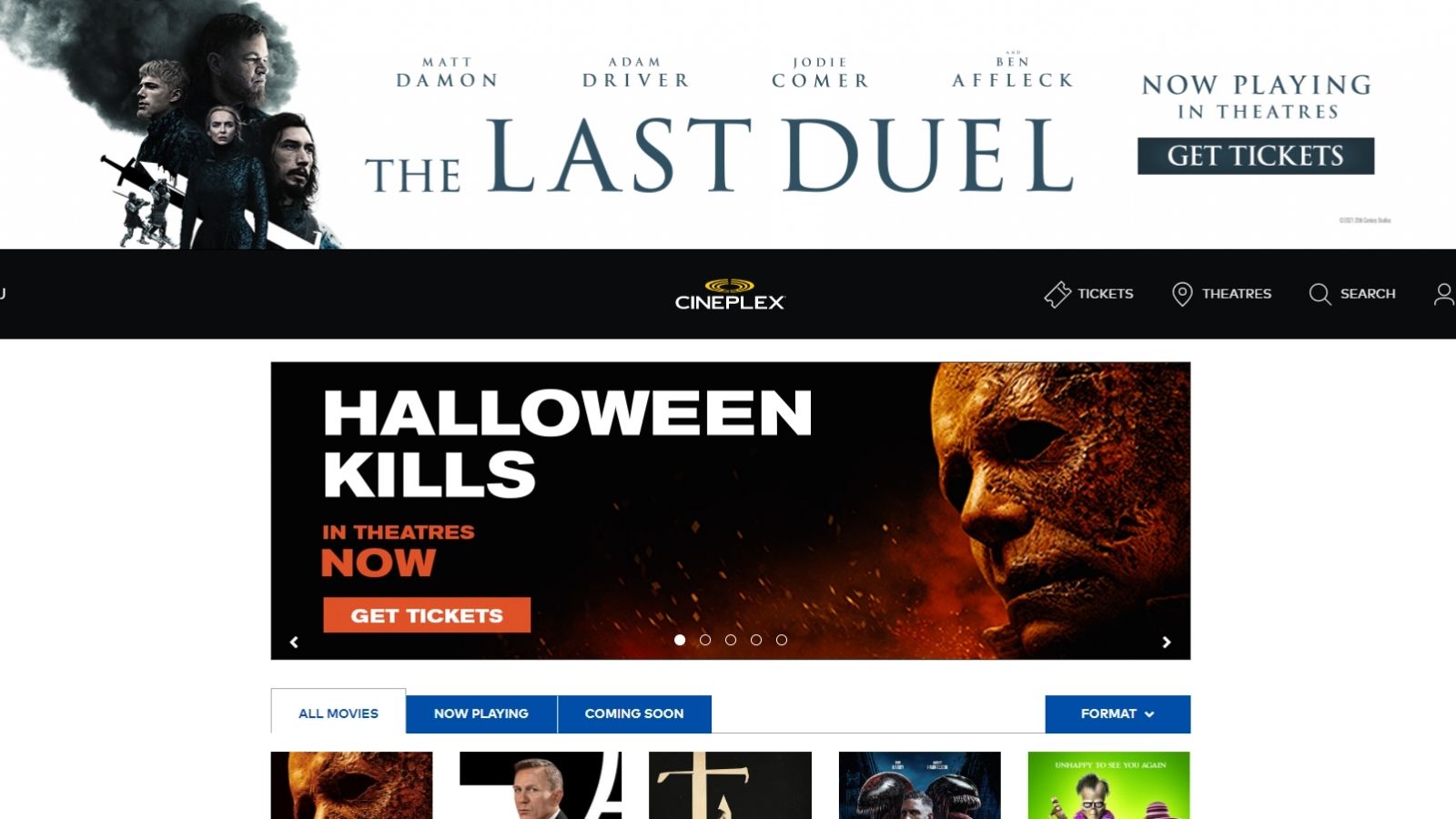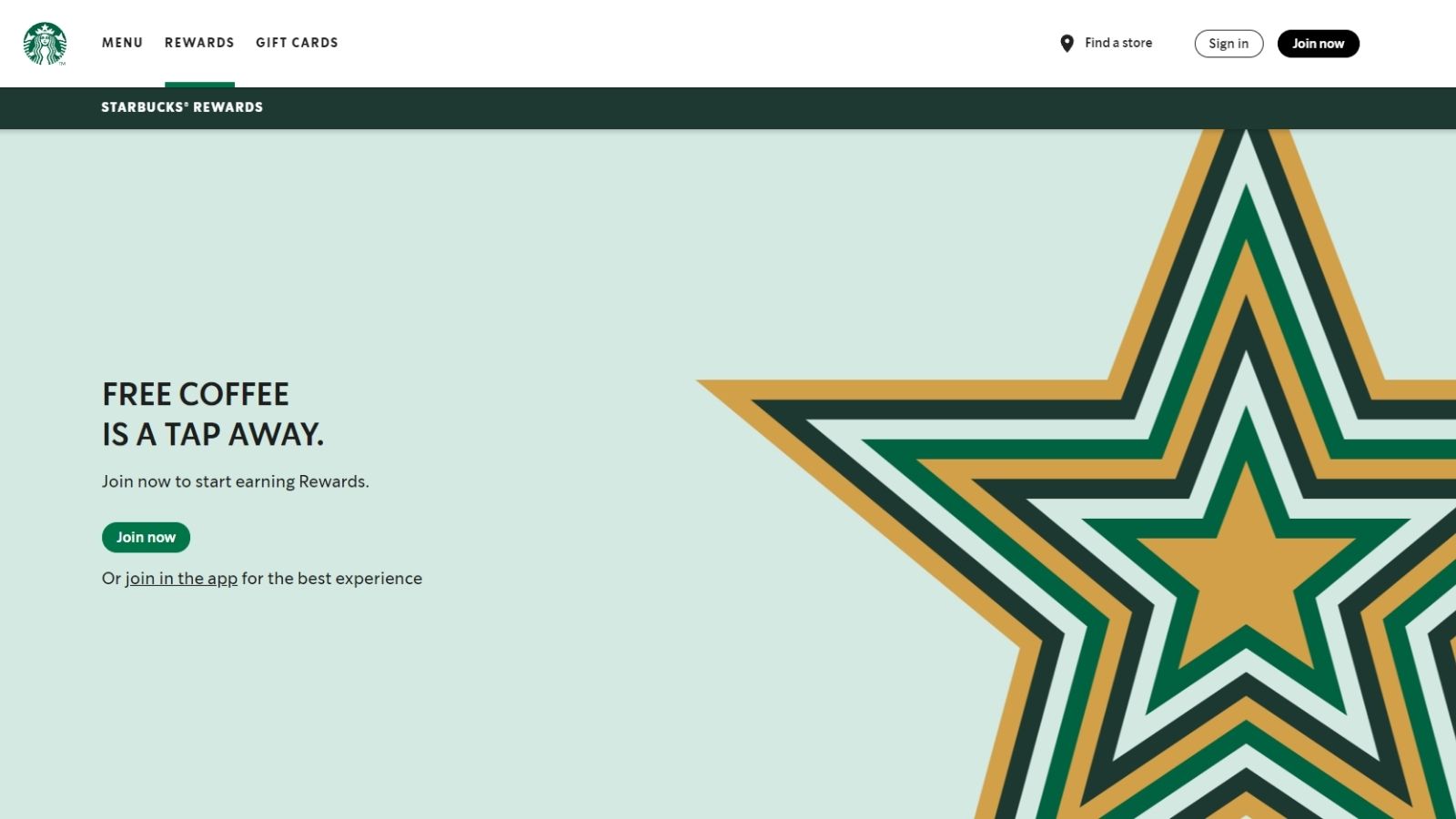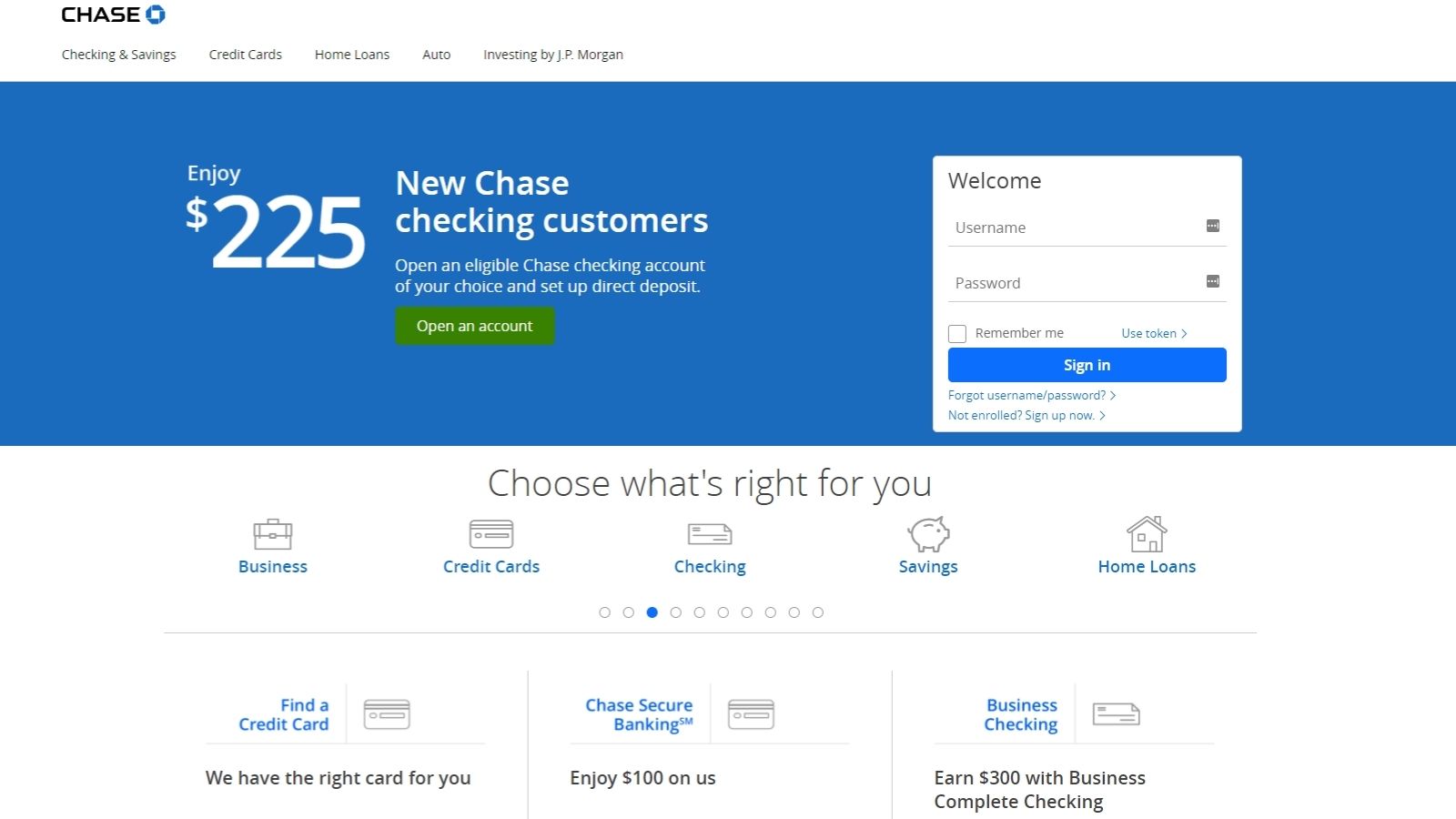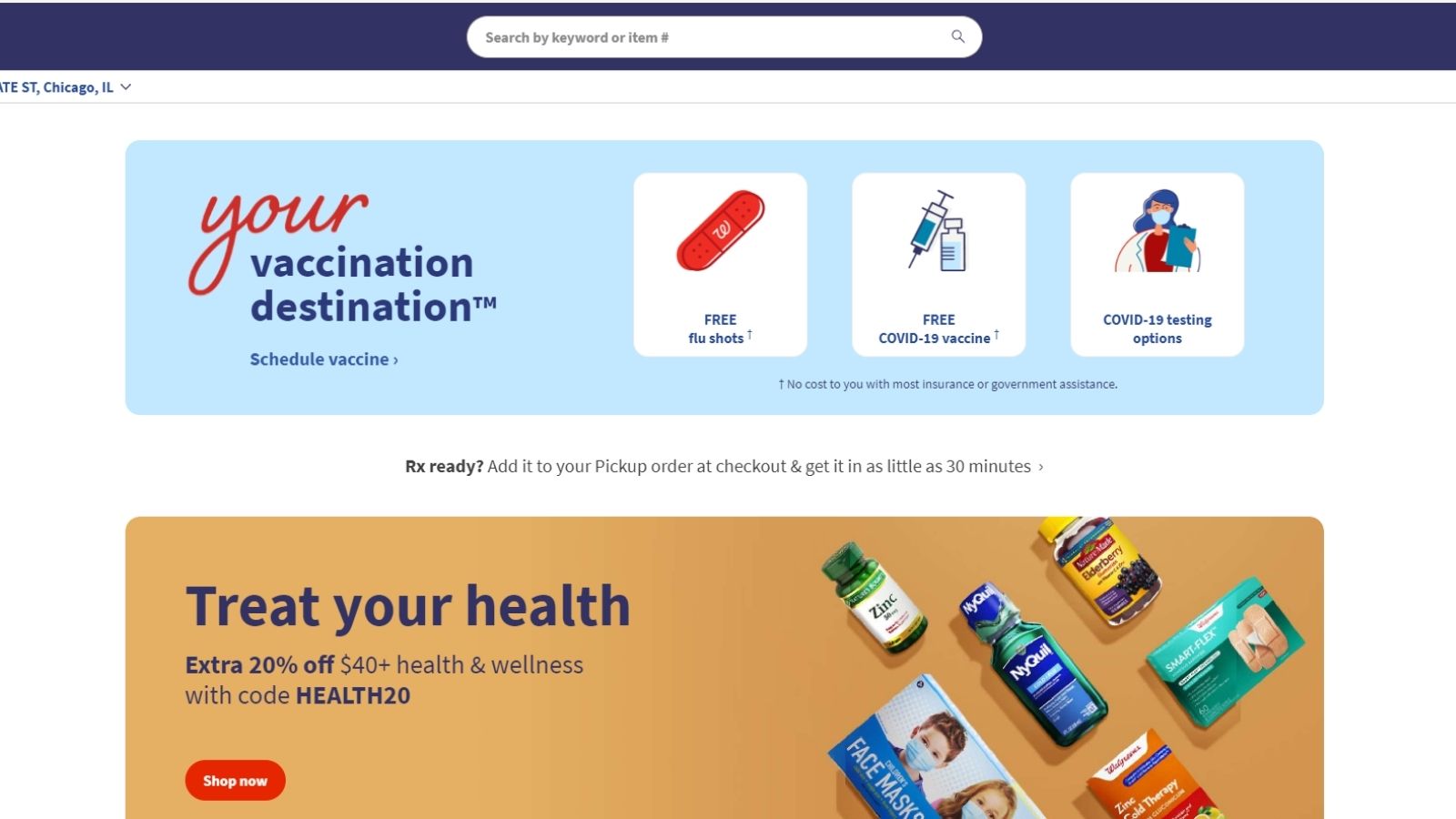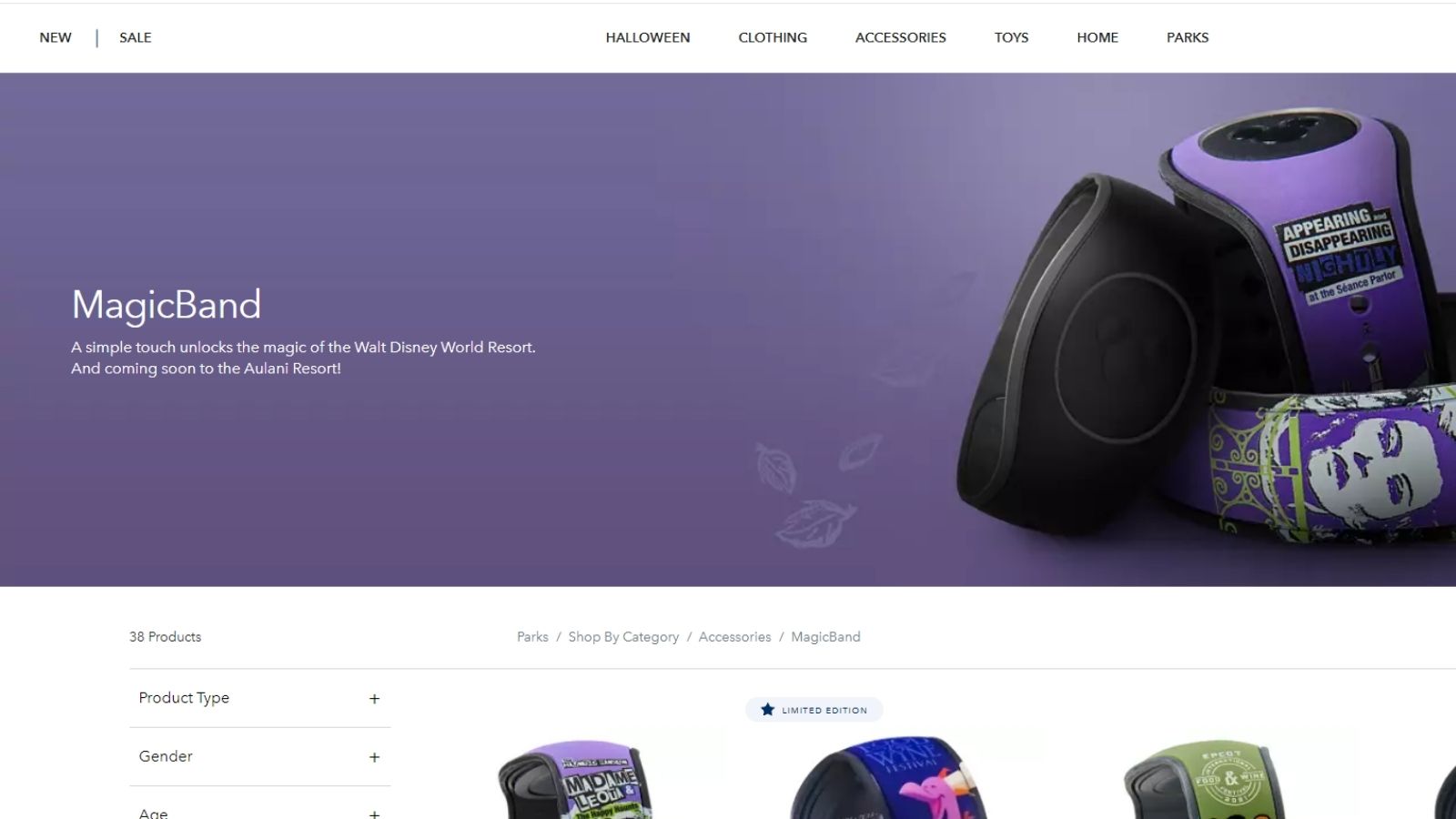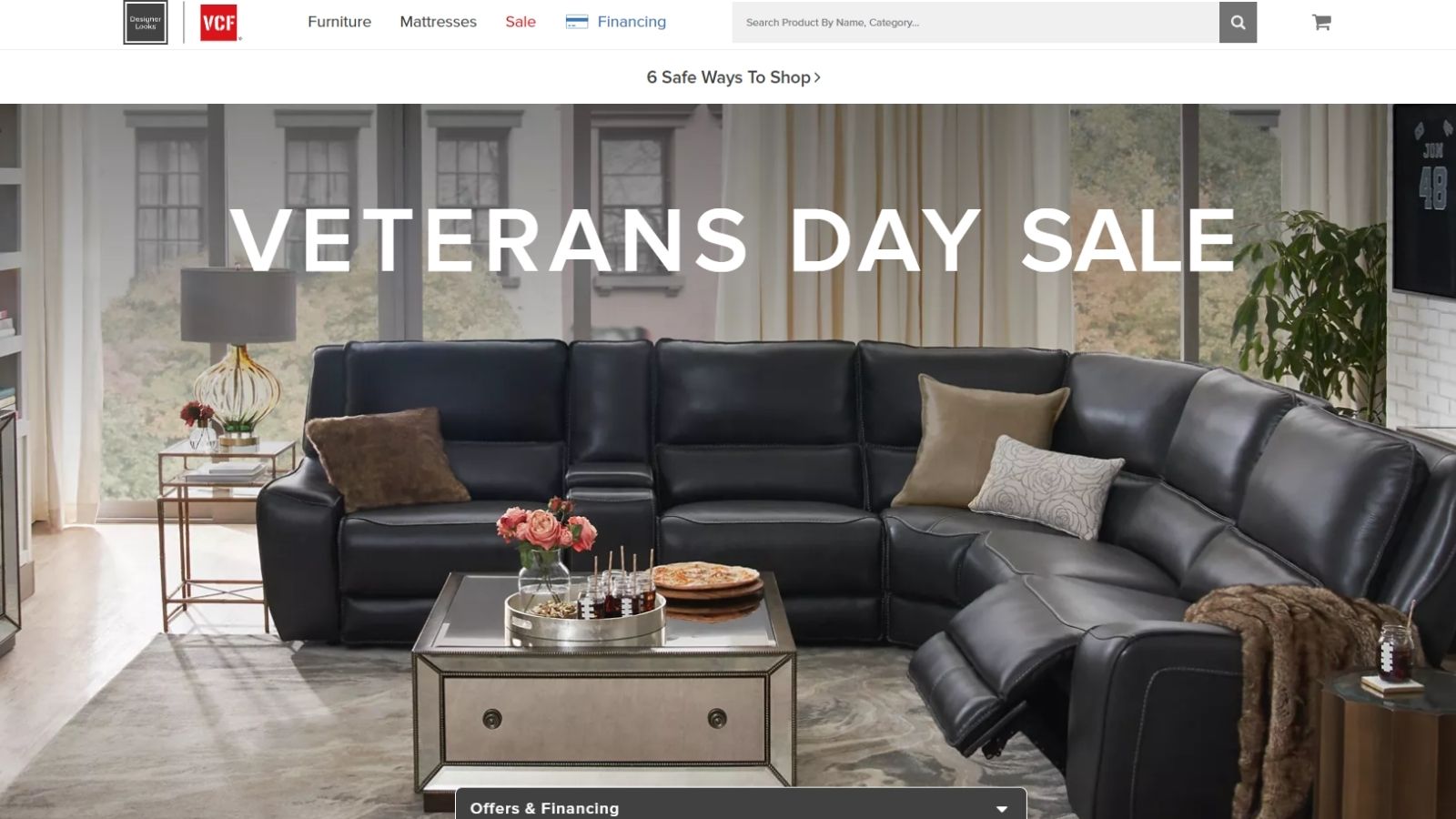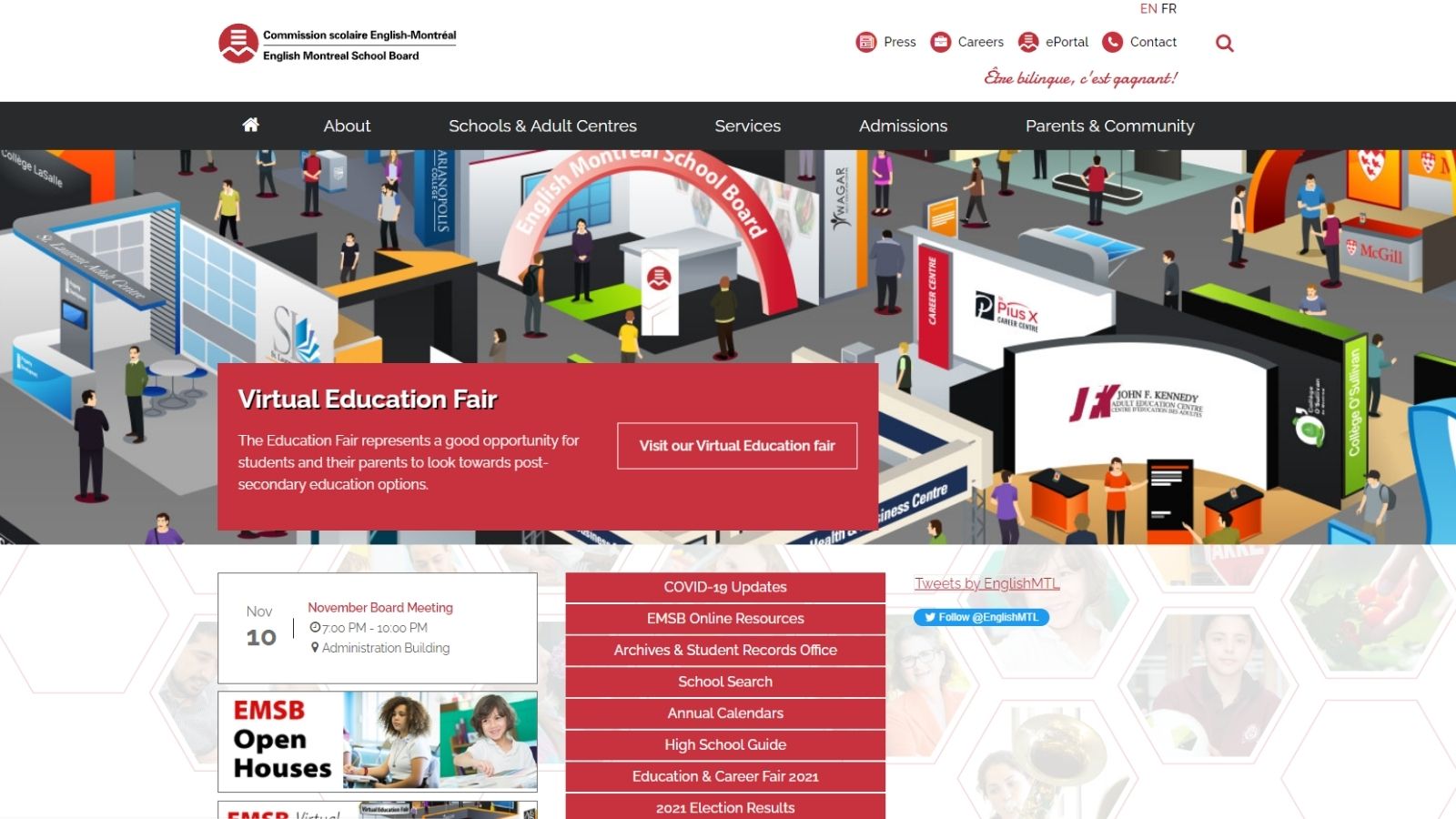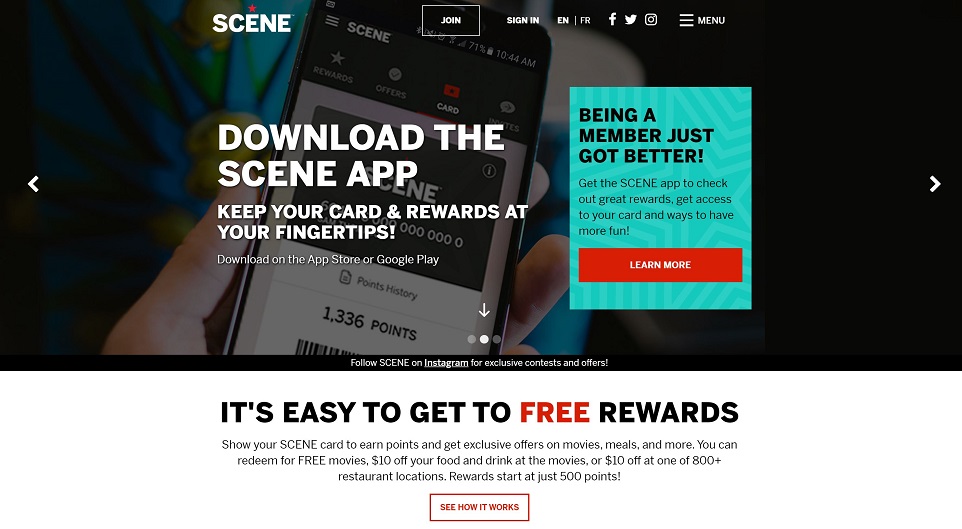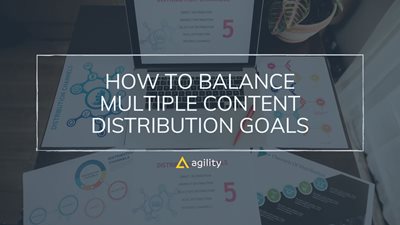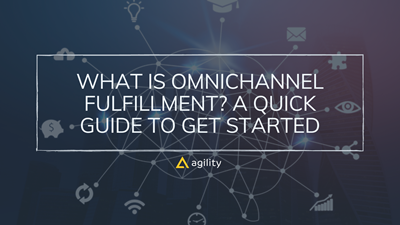Omnichannel Marketing Examples To Guide You Into 2022
Use these examples to inform your marketing strategy

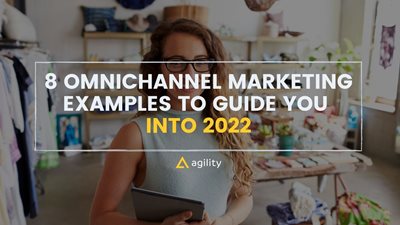
As marketing continues to shift its focus toward digital channels, marketing teams are forced to determine which channels are most suited for their unique requirements and objectives.
Digital marketing, content marketing, social media marketing, and email marketing are some of the best ways marketers reach the right target audience and generate the highest return on investment.
The most effective strategy is to implement an omnichannel approach. While executing an omnichannel strategy is far from straightforward, when executed properly, it provides a lot of advantages.
Consumers are now accustomed to being inundated with messages from a variety of companies, and as a result, they have grown more determined to choose the businesses they choose to interact with in the future.
How to Build the Ideal Omnichannel Marketing Strategy
If you have an ecommerce business and want to increase your customer base or make your store more accessible to prospective customers and to get amazing customer reviews, you need an Omnichannel Marketing Strategy.
How can you implement it to provide a better customer experience? Below are some pointers to bear in mind.
Prioritize Customer Needs
Your company would cease to exist if no customers purchased your services or products. Take a step back and consider the customer's intentions, motivations, and pain points as if you were in their shoes.
Accordingly, you should design your landing pages, advertisements, and blog posts, as well as any other promotional content, with the goal of providing your customers with what they are looking for.
Omnichannel marketing is all about making things easier, you should set the tone for it by making your processes more transparent from the beginning.
Use Marketing Channels Preferred by your customers
Take note of the way your consumers "flow" between channels during their relationship with your company. Which television stations do they like to watch? Which are the ones that aren't taken into consideration?
Consult with your marketing team and utilize the customer journey map to determine the most effective routes for distributing sales promotions.
When you've identified the highest-performing channels, you should concentrate your efforts on these channels making it possible for customers to select their favourite marketing channel by providing them with access to all of them at the beginning of the customer journey.
Marketing automation platforms, like SendPulse, offer various channels that businesses can use to stay in touch with their customers. You can even build automated message flows that incorporate several channels like—email, messenger chatbots, and SMS
Offer your omnichannel consumers the option to get marketing emails, online push alerts, or to join a social media group to learn about new offers, discount sales, or new products.
Personalize customer experience
Despite the fact that digital solutions aid in the management of a high volume of customer support requests, incorporating personalization into the experience helps the customer feel as though the brand is still concerned about them as an individual.
Customers interact with your brand through any number of your omnichannel platforms, which can be found on your website. You can keep track of their purchasing and browsing habits and create a unique fingerprint for each one of their purchases.
The next time they interact with your brand, you will be able to provide them with a more personalized experience.
Make it easy for customers to return items
In the Netherlands and Sweden, one-third of customers believe that a simple returns policy would improve their probability of purchasing a product over the internet. Take care to ensure that your return policy is clearly written and easily accessible from your website.
Customer dissatisfaction is usually high when they are unable to readily return items purchased from shops, especially online retailers.
Invest in the proper tools
Maintaining control over your multichannel marketing campaigns and data may be difficult, but the proper tools can help you stay on top of every campaign and every channel.
Sellbrite, for example, makes it very easy to administer and monitor your eCommerce website. You can integrate your existing marketplaces, import your inventory, link your various marketing channels, and coordinate your inventories all in one location.
You may also send your goods via Sellbrite, regardless of whatever channel the consumer chooses to purchase from, enabling you to concentrate on your entire omnichannel strategy rather than on individual orders.
Keep track of results and monitor progress
Metrics and key performance indicators (KPIs) provide a scientific method to monitor and assess the effectiveness of your omnichannel marketing efforts.
Data collection and analysis may assist you in aligning your objectives with your existing campaigns and identifying when you need to make revisions to your strategy.
Consider the mobile-first approach
People are increasingly relying on mobile devices such as smartphones and tablets for their purchasing. It's possible that customers may abandon your website if pages load too slowly or if the website design is not optimized for mobile usage.
You must build a website that is both responsive and well-designed in order for your consumers to access information on any device they choose.
Aside from utilizing straightforward themes and graphics, consumers should have no trouble locating buttons, forms, and other call-to-actions (CTAs) on your website.
Advantages of Implementing the Omnichannel Approach in Businesses
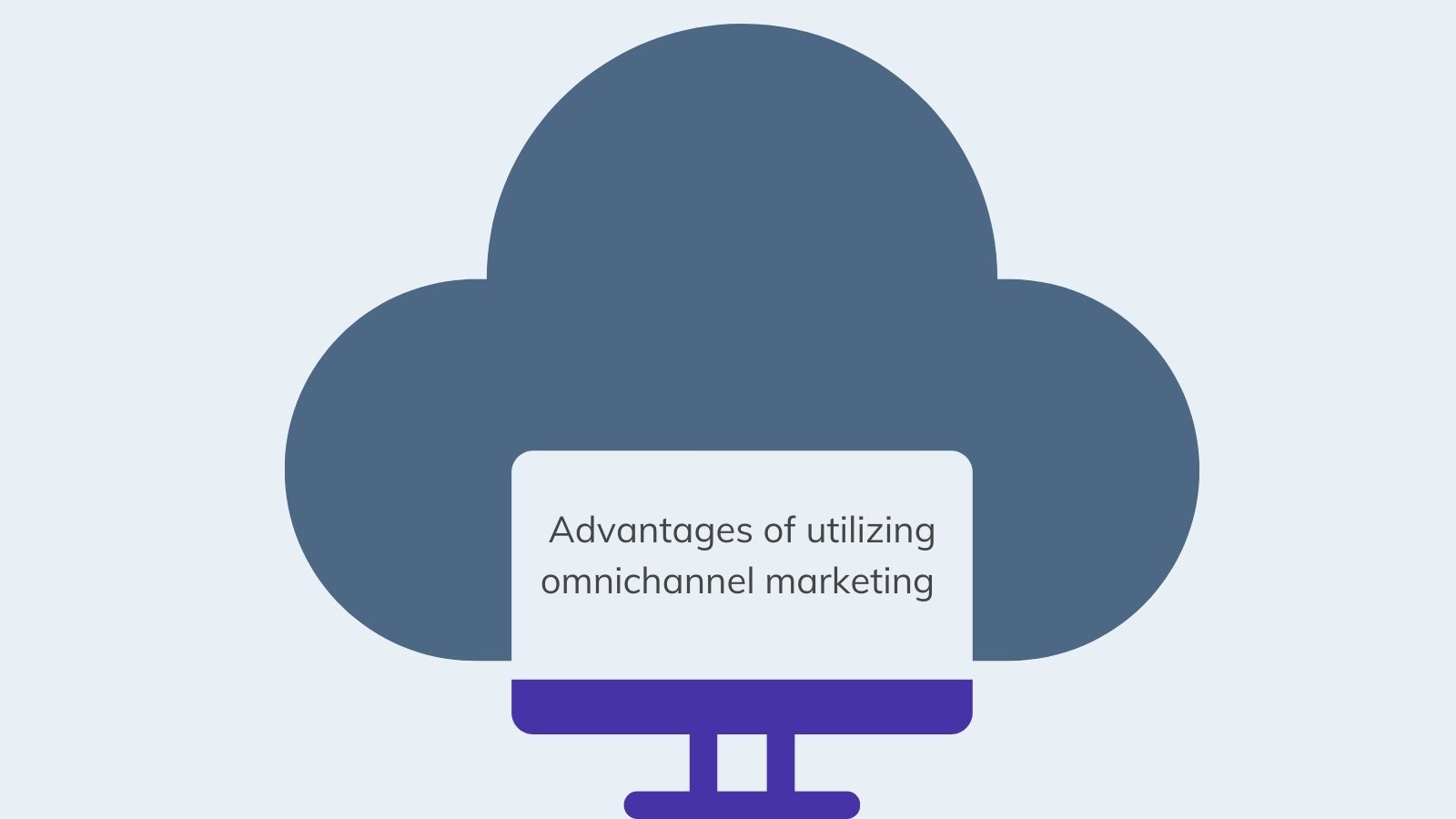
1 | Improved customer retention rates
An omnichannel experience prioritizes the customer, and it's no surprise that customers want to do business with companies that put customers first. It's also not unexpected that retail executives place a high value on long-term objectives.
Customers want to buy in the most convenient way possible. Businesses that effectively implement a consistent cross-channel marketing strategy see a 13 % yearly increase in client retention rates, according to Mgage.
2 | Increased turnover
The Omni-channel retailing setup enables customers to make purchases from any location they want, including their homes. It increases the visibility and accessibility of businesses' inventory through the consumers' preferred channel.
3 | Improved Productivity
An omnichannel approach enables store workers to equip themselves with technologies that increase their access to information while also increasing their efficiency and productivity.
Store workers are equipped with tablets, so they are armed with information at their fingertips which gives room for providing information to customers and solving their problems on the spot.
How headless CMS can help with Omnichannel marketing
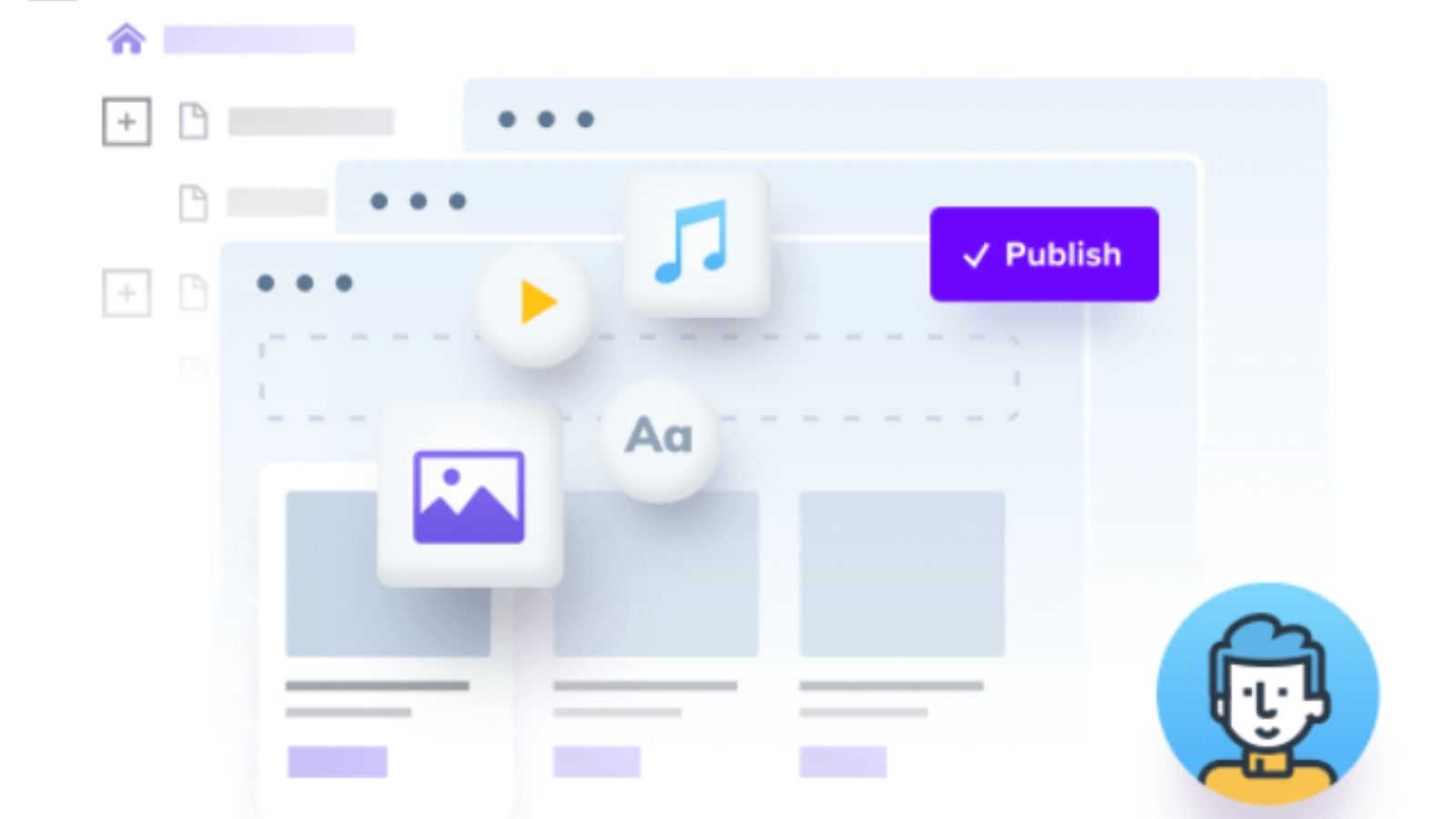
The omnichannel strategy is all about making the consumer experience as personalized as possible across all channels. A headless CMS simplifies processes and enables organizations to control content from a centralized place through the use of APIs, which are available online.
Headless CMSs allow for rapid content optimization and distribution to many channels at the same time, which may support a wide range of outlets, from product launches to blog articles to in-person events and sales campaigns, and everything in between.
A headless CMS can require technical expertise, but it also provides frontend developers with much more creative flexibility than traditional content management systems.
Due to the fact that you are not restricted to a particular platform's framework, you may design and develop endpoints in any language of your choosing.
Furthermore, with some CMS options, such as Agility CMS, page management has been optimized for editors/marketers to empower ‘non-techy users.
Below are five reasons why going headless is the best option for creating an omnichannel experience:
Requires little maintenance: The need for less maintenance is minimized since headless CMSs are often updated and optimized more frequently than conventional CMSs. Third-party software integration is also simpler and more rapid than before.
The greater simplicity of content management: By using a headless approach, content producers may easily modify and distribute their material to new distribution channels.
Integration with other technologies: A headless CMS that makes use of APIs makes it possible to integrate with other internet marketing tools and platforms in a simple and flexible manner. In order to interact with a broader variety of consumers, you may link with various messaging applications; translation platforms to translate your content for internationalization;
CRM systems to handle customer data, and DMP systems to monitor and measure your omnichannel campaigns.
With the proper mix of connections, you may build a highly collaborative system that is almost infinite in its potential applications.
Faster delivery: Since headless CMSs are less prone to delays, and because their cloud-based architecture allows authors to access content from their own terminals, content is delivered more quickly.
Since you don't have to de-structure and re-architect content, or manually make changes across systems, using a headless CMS reduces the amount of time it takes to execute marketing campaigns.
Alternatives include the ability to make one simple modification via a single hub and have it immediately applied across whichever devices you want, including optimizations.
Improved return on investment: Headless CMS is cheaper than conventional CMS because you won’t need more than one channel to provide omnichannel content.
Learn more: How Agility CMS helped Scene to implement stellar omnichannel strategy
Omnichannel Marketing Examples
These 8 omnichannel marketing examples are businesses with successfully implemented omnichannel strategies which is the driving force behind their success.
1. Amazon
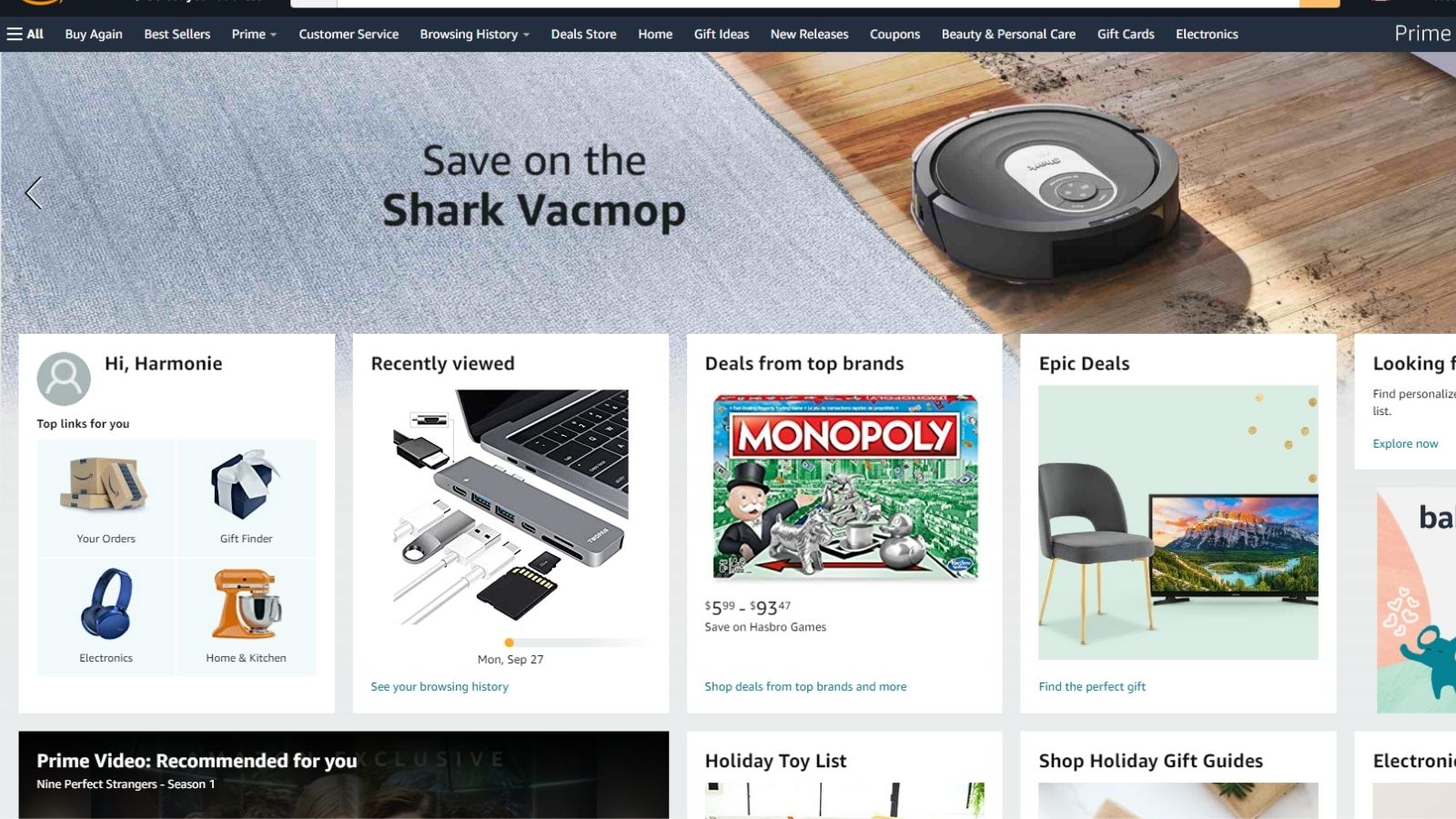
A business that started out as a strictly online operation has swiftly evolved into one of the most successful omnichannel examples in the history of commerce.
Amazon has taken steps to ensure that every customer has the same experience, regardless of how they access its retail locations.
Every Amazon shopping experience, whether on their website, in their mobile app, through the use of Alexa, on a wristwatch, or even in-store in select locations, will be consistent with the brand and processes you are used to.
Because of Amazon's seamless omnichannel strategy, customers can practically take their Amazon card with them everywhere they go.
Additionally, consumers can now select whether they want to pick up their items in-store, at one of many "lockers," or have them delivered to their house.
You can easily buy ebooks from Amazon using the Kindle app on any device.
2. Cineplex
Prior to using Agility CMS, Cineplex was using a system that was extremely limited in performance, scalability, and usability.
Cineplex rebuilt the site on Agility’s CMS platform in 2010, launching a new design and a bigger focus on online sales.
Their traffic impressions are now successfully maintained, their backend administration is drastically simplified and streamlined and the overall usability of the site has improved.
3. Starbucks
Starbucks' omnichannel approach exemplifies how to build stronger customer relationships and encourage repeat purchases.
Starbucks had a challenge in 2018: while its most loyal consumers were regularly registered in Starbucks Rewards, 60 million people a month had no digital engagement with the company.
Building a digital relationship with this new audience became the cornerstone of Starbucks' omnichannel commerce approach.
By providing free gated Wi-Fi, Starbucks was able to establish incentives and influence channel adoption. In order to access Wifi, customers had to register with an email address. In other words, they influenced a digital relationship with clients by getting permission to contact them via a new channel (email) in return for free wi-fi.
Customers who entered their email address but have not yet signed up for Starbucks Rewards are referred to as "digitally registered customers" internally. They've gained 10 million digitally registered consumers to their database since launching this category.
Starbucks also has a fantastic way of rewarding customer loyalty with one-of-a-kind deals and experiences. Customers must be enrolled in Starbucks Rewards to take advantage of many of these deals. As each person signs up for the incentive, they are also adding to their client database.
4. Timberland
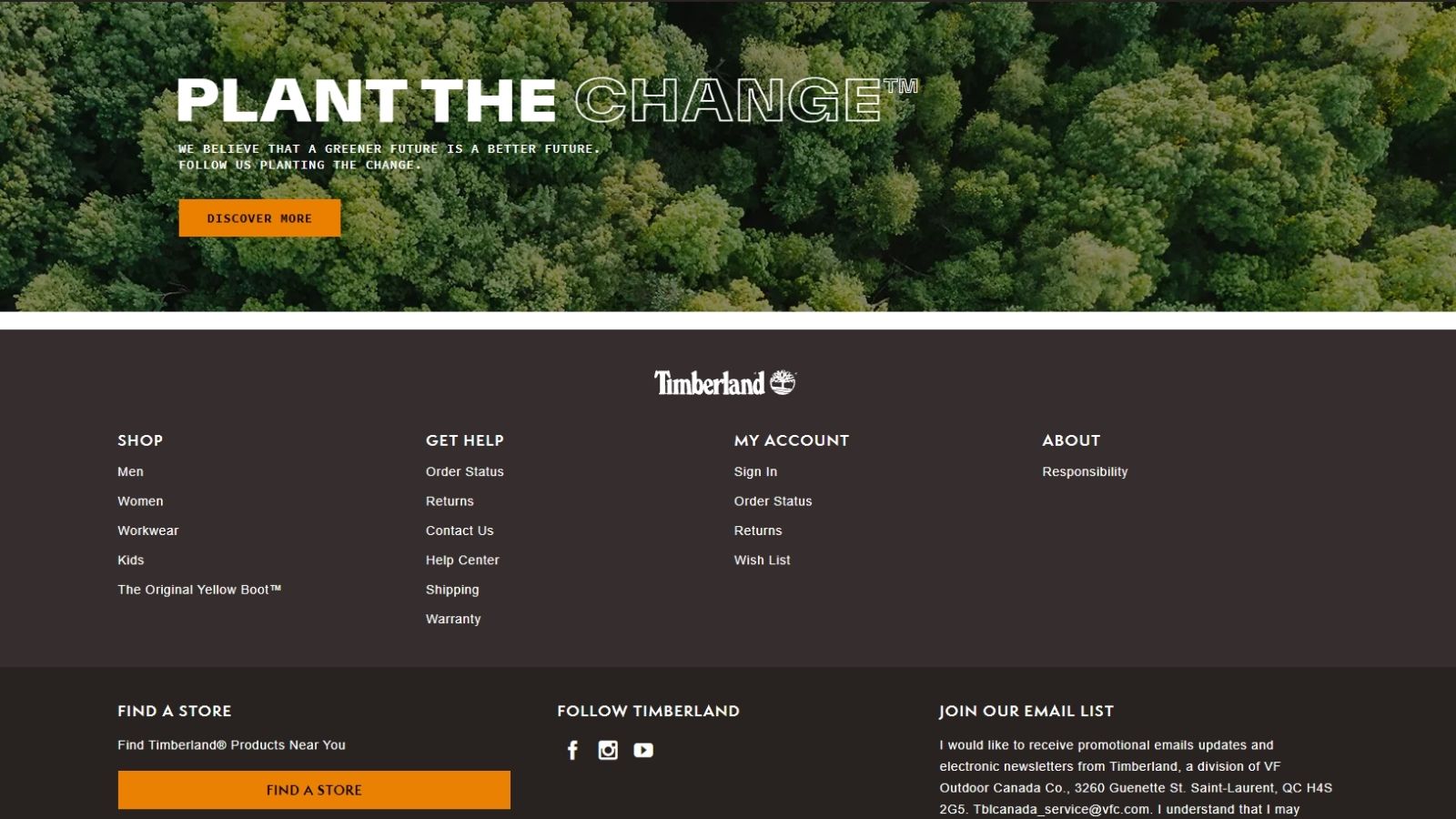
For Timberland, a well-known outdoor lifestyle apparel company, internet retailing is being integrated with its existing benefits of brick and mortar retail shops.
Timberland has designed an interactive retail experience that makes it easy for customers to learn more about their items while they are in-store.
Customers are handed a tablet when they first go into the store, which allows them to interact with products that have near field communication (NFC) technology installed in them.
Customers who engage with NFC-enabled items will receive immediate information on the item directly to their tablet, as well as purchase recommendations that are linked to the product.
Shoppers at Timberland may also use the tablets to build a wish list, which they can email to themselves while in the store.
Timberland's Vice President of Direct to Consumer, Kate Kibler, shared her thoughts, "Consumers use technology to shop where and when they want, and we can help them discover, shop, and socialize while getting immersed in the Timberland brand. We can better understand our customers' preferences in-store, online, and post-visit.
5. Orvis
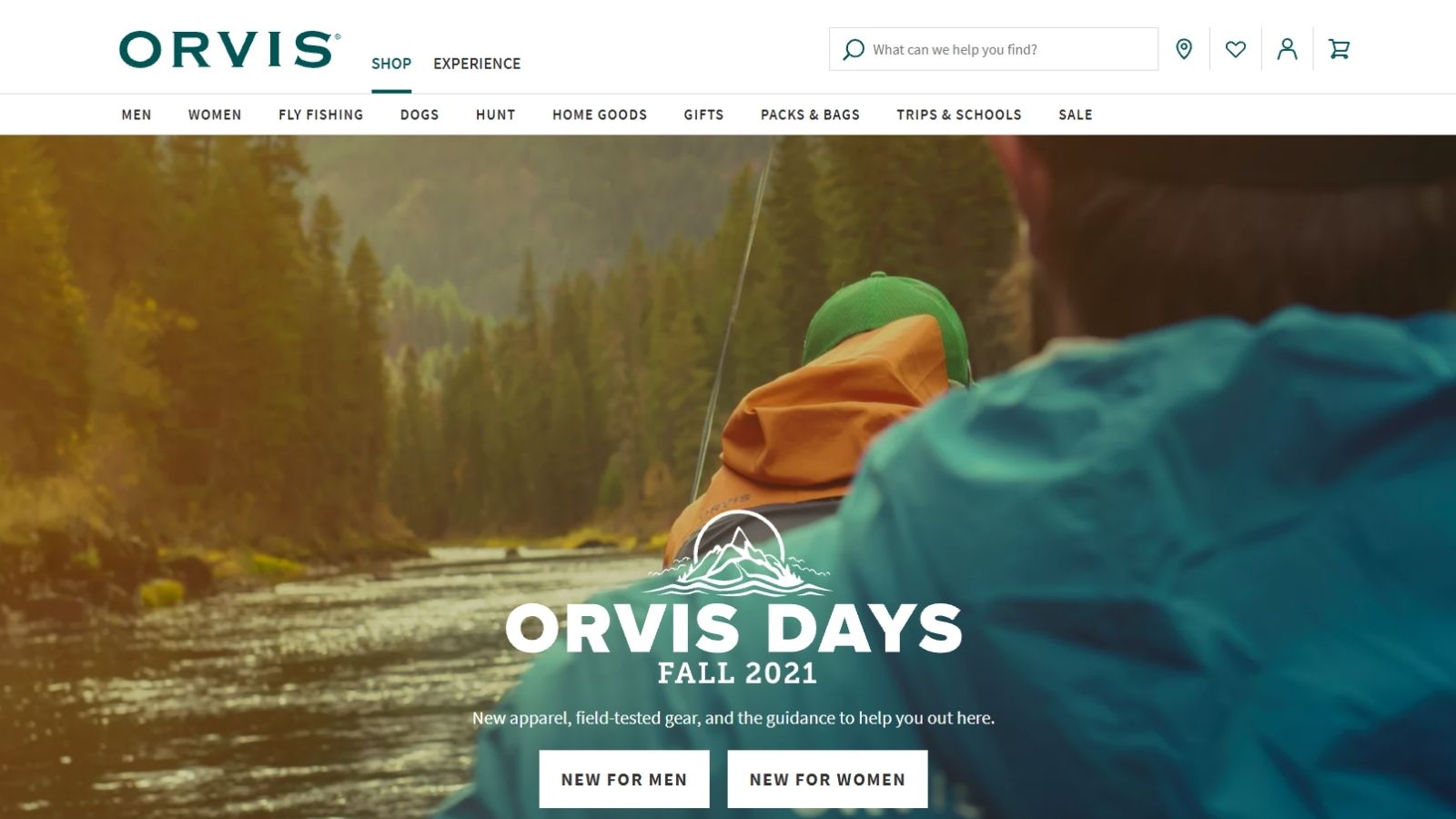
In 2017, the IRT Retailer Innovation Awards recognized Orvis for its efforts in omnichannel marketing. Although the sports goods business caters mostly to affluent consumers aged 50 and older, they discovered that their customers have successfully adapted to the internet era.
Orvis has taken its shops on the road in a big, bold way. The iPad Mini with a credit card reader allows sales associates to place online orders for out-of-stock items and process payments using the device. Using the iPad, Orvis can offer prospective consumers similar goods that they might be interested in purchasing.
Using the tablets, consumers can also find an item in a certain size, colour, or style that they are looking for, whether it is online or at a different store, and then arrange for it to be delivered right to their home. Because the CRM features on the tablet save customer information, staff may recognize repeat customers as soon as they come into a shop using the tablet.
A seamless interface between a mobile "endless aisle" solution and a point-of-sale system, according to Orvis, eliminates the need for a catalog order desk in-store.
6. Chase Bank
Many large financial institutions have also begun to use an omnichannel marketing strategy in their marketing efforts. Take the case of Chase Bank, for instance.
While Chase has hundreds of physical branches across the United States, it also encourages its clients to do their day-to-day banking via the company's website and mobile app.
Using a mobile device to transfer money is far more convenient than having to go into your account on a desktop computer, and depositing a check via an app is considerably more convenient than having to speak with a teller face to face.
7. Walgreens
The Walgreens rewards balance program is yet another great example of an omnichannel marketing strategy.
Consumers can earn rewards points in a variety of ways, similar to the Starbucks loyalty rewards program, including; in-store purchases, online purchases, activity tracking by connecting fitness apps to the Walgreens app, filling out vital health information surveys, getting in-store vaccinations, and other activities.
Once a customer has accumulated a sufficient number of points, he or she may convert them into cash by redeeming them through in-store or online transactions.
8. Disney
A long time ago, Disney discovered the importance of providing its customers with a consistent brand experience. The Disney+ streaming platform works on all devices and across all platforms.
They also have Disney theme parks which have been made fully digital. You can use the Disney app on your smartphone to find attractions or rides you want to take and you can also check the current queue or wait time it will take.
With MagicBands, you can check-in at FastPass+ gates, access parks, open the door to your hotel room, and so on.
MagicBand may also be used to unlock unique surprises around the Walt Disney World Resort that are tailored specifically to your preferences and needs.
9. Value City Furniture
Another omnichannel marketing case study comes from value city furniture. In order to assist customers both online and in-store, they have introduced an "easy pass."
Certain types of goods require that consumers physically inspect the item before making a purchase decision but with the easy pass feature, shoppers can retain all their information in one place which can be easily transferred across all devices making the shopping experience easier.
If a customer has a digital wishlist, they may request that a shop staff pull up their account so that they can complete their purchase in-store after having had a chance to examine the goods in person.
10. The English Montreal School Board
Before Agility CMS, ESMB struggled to deliver omnichannel content and decentralized content management.
With Agility CMS, ESMB now has a structured content workflow that adds visibility to the content creation process.
Learn more: How Agility CMS helped Scene to implement stellar omnichannel strategy
Learn More:
Omnichannel Content Marketing with API-based Headless CMS?
What Are The Benefits of a Headless CMS? | Agility CMS
Page Management for Content Marketers - With Agility CMS
Author Bio:
Paul Aroloye is the founder of PaulAroloye.com. He simplifies SEO for online entrepreneurs and businesses, helping them 10x their organic reach with their websites/blogs and YouTube channels. You can connect with him here.

About the Author
Agility CMS is Canada's original headless CMS platform. Since 2002, Agility has helped companies across Canada and around the world better manage their content. Marketers are free to create the content they want, when they want it. Developers are empowered to build what they want, how they want.
- Get a demo for a personalized walkthrough.
- Try for FREE and experience Agility CMS.
- Contact us with your questions.

